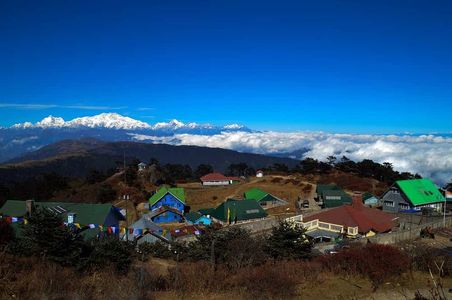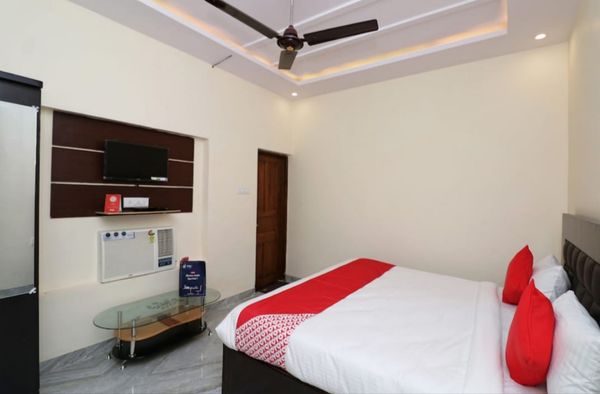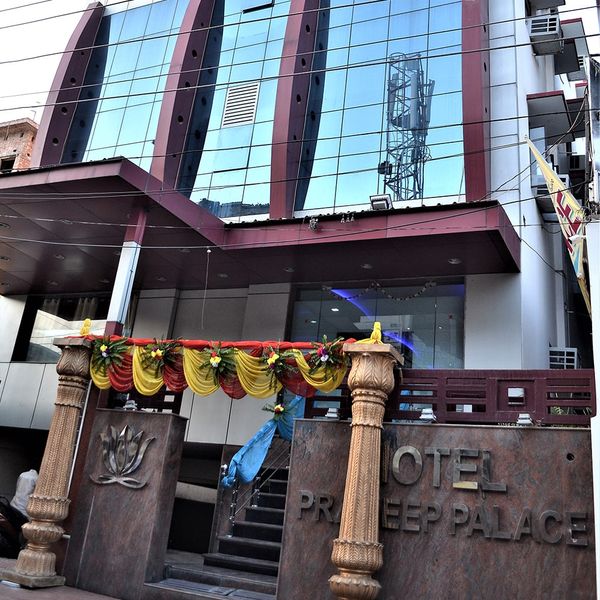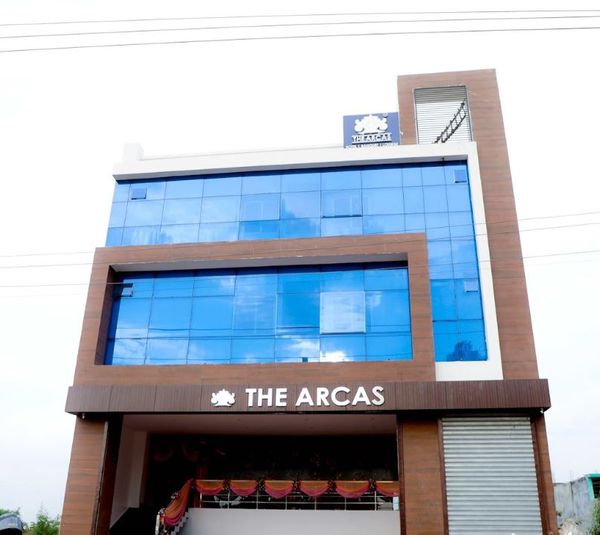How to Plan Sandakphu Trek
 Rawat Sikhar
18 Oct, 2024
8 mins read
189
Rawat Sikhar
18 Oct, 2024
8 mins read
189

Planning the Sandakphu trek is an exciting adventure that combines breathtaking landscapes, diverse flora and fauna, and a glimpse into the local culture of the region. Sandakphu, located at 3,636 meters (11,929 feet) in West Bengal, India, is the highest peak in the Singalila Ridge and offers stunning views of the Kanchenjunga and Everest ranges. Here’s a comprehensive guide to planning Sandakphu trek.
1. Overview of the Trek
Trek Duration: Typically 6-7 days
Trek Difficulty: Moderate
Best Time to Visit: March to May (spring) and September to November (autumn)
Starting Point: Manebhanjan
Altitude: Maximum elevation at Sandakphu is 3,636 meters
2. Getting There
2.1 Reach Manebhanjan
- By Air: The nearest airport is Bagdogra (IXB). From the airport, you can hire a taxi or take a shared vehicle to Manebhanjan, which is about 100 km away.
- By Train: The nearest railway station is New Jalpaiguri (NJP). From NJP, take a taxi or shared jeep to Manebhanjan (approximately 90 km).
2.2 Local Transportation
- Shared jeeps or taxis are available from Darjeeling, Kalimpong, or Siliguri to Manebhanjan. Ensure to check for availability and confirm fares in advance.
3. Permits and Regulations
Before embarking on the trek, you will need to acquire a few permits:
- Trekking Permit: This is usually arranged through a trekking agency or can be obtained at the Singalila National Park entry point.
- Inner Line Permit (ILP): If you are a foreign national, you may require an ILP to trek in the area. Check the latest regulations as they can change.
4. Choosing the Right Trekking Season
4.1 Spring (March to May)
- Advantages: Rhododendrons bloom, pleasant weather, and clear views.
- Disadvantages: It can get crowded during peak season.
4.2 Autumn (September to November)
- Advantages: Clear skies, less crowded, and beautiful landscapes.
- Disadvantages: Nights can be chilly, especially in November.
4.3 Monsoon (June to August)
- Consideration: Not recommended due to heavy rainfall, landslides, and leeches.
5. Trekking Itinerary
Day 1: Manebhanjan to Tumling (2,950 m)
- Distance: 11 km
- Duration: 5-6 hours
- Highlights: Scenic views of the Kanchenjunga range, quaint villages, and diverse landscapes.
Day 2: Tumling to Kalipokhri (2,400 m)
- Distance: 10 km
- Duration: 5-6 hours
- Highlights: Beautiful forests, tranquil Kalipokhri lake, and a chance to spot various bird species.
Day 3: Kalipokhri to Sandakphu (3,636 m)
- Distance: 7 km
- Duration: 4-5 hours
- Highlights: Breathtaking views of Everest and Kanchenjunga, alpine meadows.
Day 4: Sandakphu to Phalut (3,600 m)
- Distance: 21 km
- Duration: 7-8 hours
- Highlights: Panoramic views of the Himalayan range, lush forests, and stunning landscapes.
Day 5: Phalut to Ramam (2,600 m)
- Distance: 16 km
- Duration: 6-7 hours
- Highlights: Serene landscapes and fewer trekkers, perfect for solitude.
Day 6: Ramam to Rimbik (2,000 m)
- Distance: 12 km
- Duration: 5-6 hours
- Highlights: Descend through beautiful pine forests and local villages.
Day 7: Rimbik to Manebhanjan
- Distance: 10 km
- Duration: 4 hours
- Highlights: A gentle trek to conclude the journey.
6. Accommodation Options
- Guesthouses: Basic accommodations are available in Tumling, Kalipokhri, Sandakphu, and Phalut. Most provide meals, but be prepared for limited amenities.
- Camping: For a more immersive experience, consider camping. Ensure to arrange this with a trekking agency.
7. Food and Water
- Meals: Most guesthouses provide meals. Expect simple fare like dal, rice, vegetables, and noodles. Carry energy bars or snacks for the trail.
- Water: Always carry enough water. You can refill from streams, but it’s advisable to use a water purification method (tablets, filters).
8. What to Pack
- Clothing: Layered clothing is essential. Include thermal wear, waterproof jackets, trekking pants, and comfortable trekking shoes.
- Sleeping Gear: Sleeping bag (3-season) if camping.
- Trekking Gear: Trekking poles, daypack, headlamp, and first aid kit.
- Miscellaneous: Sunscreen, sunglasses, toiletries, and power bank.
9. Health and Safety
- Acclimatization: Spend a day at Tumling or Kalipokhri for proper acclimatization to avoid altitude sickness.
- Hydration: Drink plenty of water to stay hydrated.
- First Aid: Carry a basic first aid kit and know how to use it.
10. Cultural Etiquette
- Respect Local Customs: Be respectful towards local traditions and practices. Always ask for permission before photographing people.
- Leave No Trace: Follow the Leave No Trace principles. Carry all trash back with you and respect the environment.
11. Conclusion
Planning the Sandakphu trek requires careful consideration of logistics, health, safety, and respect for the local culture. With proper preparation and a spirit of adventure, this trek promises a memorable experience amid some of the most stunning landscapes in the Himalayas. Embrace the journey, take in the beauty around you, and cherish the moments spent in this serene paradise. Happy trekking!
Written By:
Rawat Sikhar



Hotels at your convenience
Now choose your stay according to your preference. From finding a place for your dream destination or a mere weekend getaway to business accommodations or brief stay, we have got you covered. Explore hotels as per your mood.





